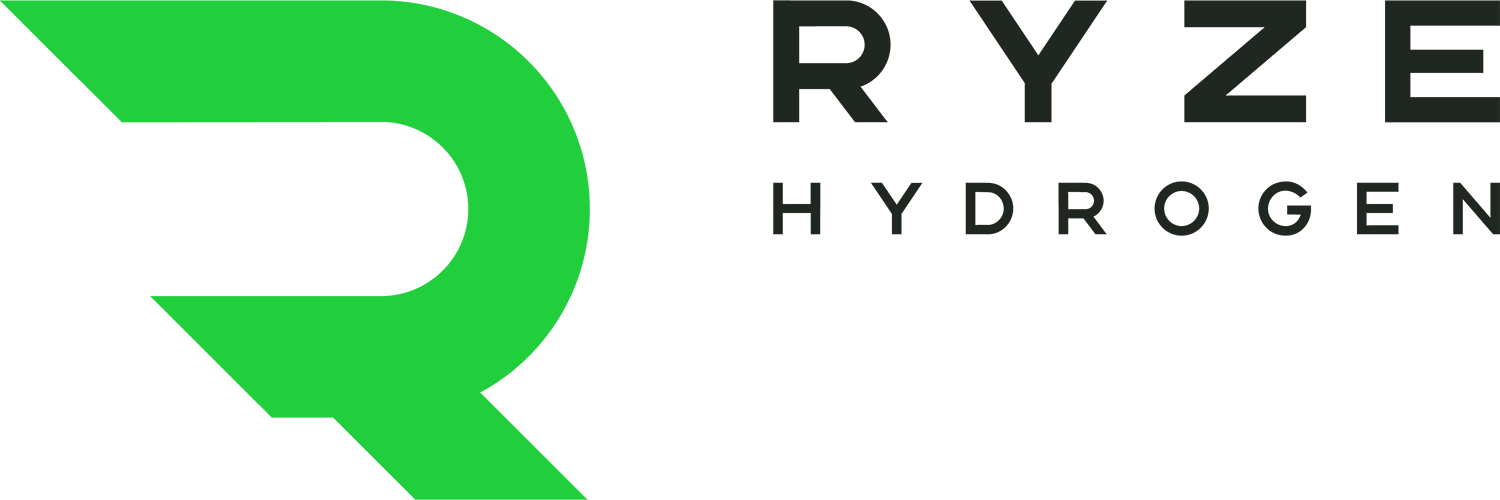Clean hydrogen promises to revolutionise our energy system, providing us with emissions-free transport, a means to decarbonise heavy industry, such as steel and chemicals production, and even heat our homes.
Enough for one molecule, you might think. But it can do more. A number of pioneers have created waste-to-hydrogen systems that not only produce zero-carbon energy in the form of hydrogen but allow us to recycle waste that would otherwise go to landfill and produce planet-warming methane (methane is 86 times more potent than CO2 as a greenhouse gas).
In the UK, Powerhouse Energy has developed a technology called Distributed Modular Generation (DMG), which takes plastic, end-of-life tyres and other usually unrecyclable waste and turns it into syngas, which can be used to make hydrogen, electricity, and chemical inputs.
For every 40 tonnes of waste (the equivalent of two garbage trucks), it creates 2 tonnes of fuel-cell grade hydrogen, 81 MWh of electricity that can be used in the local grid or privately and heat for community or district heating and cooling.
The syngas is used to power the process, making it a self-sustaining system.

For every 40 tonnes of waste (the equivalent of two garbage trucks), Powerhouse Energy creates 2 tonnes of fuel-cell grade hydrogen.
Among its UK customers is Peel Environmental, which is seeking to build waste-to-hydrogen facilities at Protos Energy Park in Cheshire, and Rothesay Dock on the north bank of the River Clyde in Scotland.
In November, it signed an agreement with Hydrogen Utopia to deploy its DMG technology in Greece, Hungary, Poland and potentially globally.
Luxembourg-based Boson Energy has developed a plasma-assisted gasification process that breaks down waste into hydrogen, carbon dioxide and a molten slurry that solidifies into a blue-grey glassy rock.
Boson believes it can cover the cost of hydrogen production by selling the CO2 to industrial customers, the rock to construction companies as aggregate, while charging a fee to local authorities for treating their waste.
It claims to be able to produce 100 kg of carbon-negative hydrogen for every tonne of waste and requires 6 times less renewable electricity than electrolysing water. With about 100 million tonnes of waste going to landfill in Europe every year and a further 100 million tonnes being incinerated, there is potentially 20 million tonnes of hydrogen that could be generated.
A commercial-size proof-of-concept plant has been operating in Israel and has been validated by the national environmental authority and the engineering services firms SNC Lavalin, Juniper and WSP. As of February this year, Boson was developing 10 commercial projects across Europe, including in Spain, Germany, Sweden, Norway, Poland, the Netherlands, and Luxembourg.

Pacific Northwest National Laboratory unveiled a system that turns waste from sewage, food crops, algae and other renewable sources of carbon into hydrogen and biofuels.
And the developments keep coming in the waste-to-hydrogen space. Earlier this month, a team of researchers from the U.S. Department of Energy’s Pacific Northwest National Laboratory unveiled a system that turns waste from sewage, food crops, algae and other renewable sources of carbon into hydrogen and biofuels. California-based Ways2H is planning a facility using its proprietary technology in Martinique.
To learn more about Ryze Hydrogen click here.






